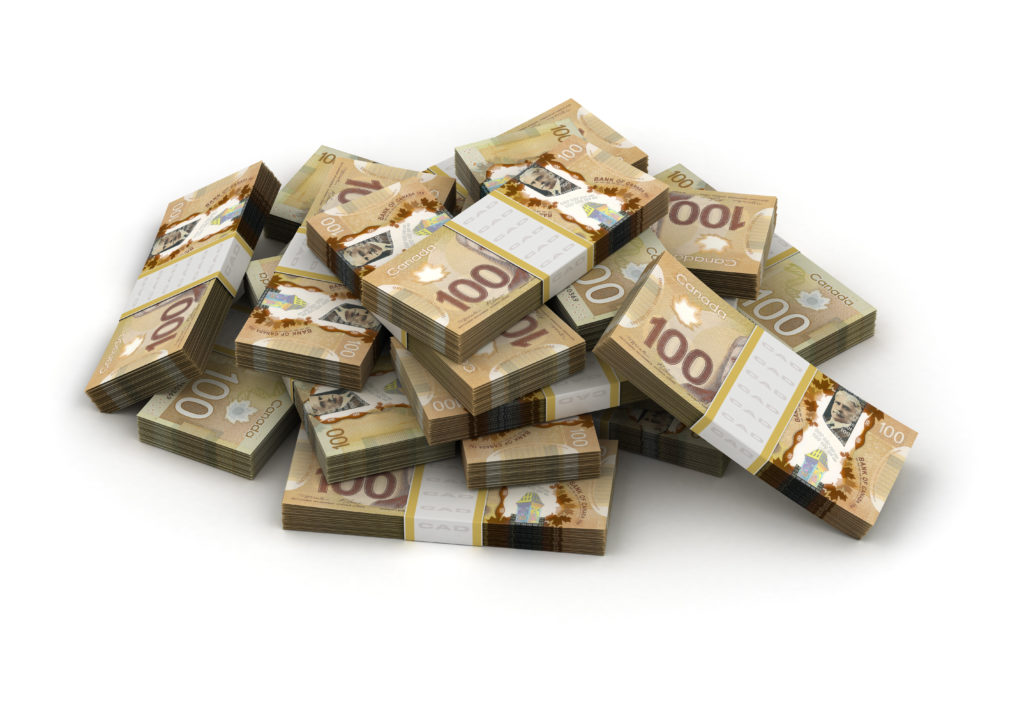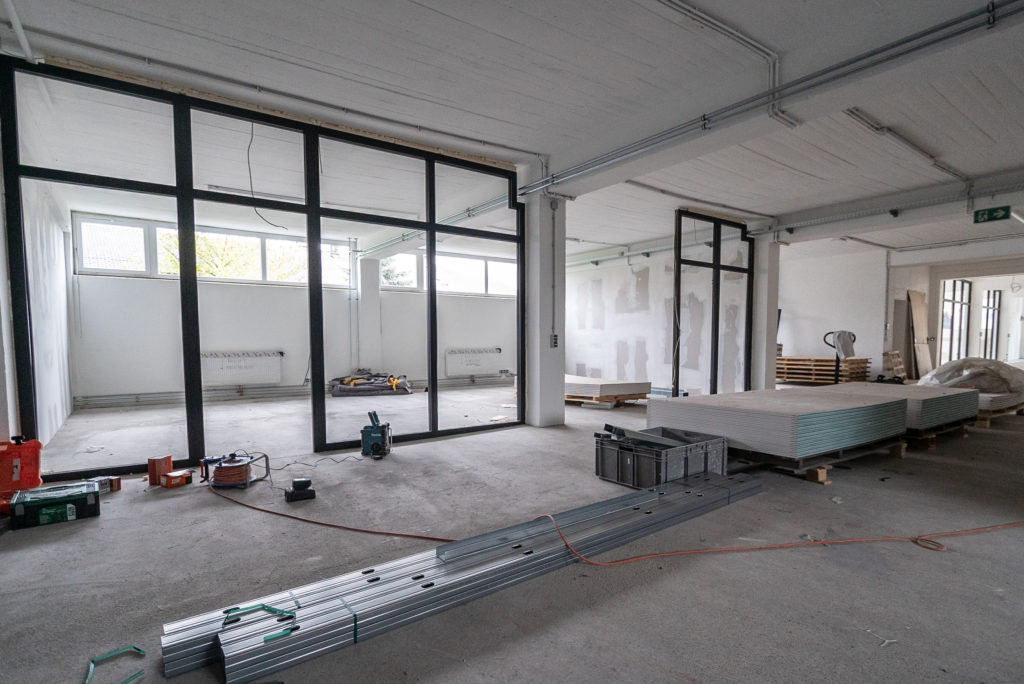Can I Get the Leasehold Improvement Allowance Up Front?

Unless otherwise negotiated, leasehold improvement allowance funds are advanced by a landlord when:
1. The construction is complete,
2. You can prove how much you spent; and,
3. You can prove that everyone has been paid.
To receive the funds in advance of the construction, you must negotiate what is called a “Cash Inducement” or “Cash Allowance”.
Although this is an appealing way for a tenant to manage the payment for leasehold improvements, it is very rare. In over ten years of commercial leasing in Ottawa, I have only successfully negotiated it once.
An alternative to receiving the cash upfront is to receive it in progress draws whereby the Landlord advances a set percentage of the money at different stages of construction.
What Can I Use a Leasehold Improvement Allowance On?

One of the reasons landlords provide leasehold improvement allowances is that they know if you relocate at the end of your lease, it may be easier to for them to find a new tenant if the space has been improved (there are exceptions to this).
So, from a landlord’s perspective, if another tenant can’t use it, or you can move it at the end of your lease, they are not going to want you to use your leasehold improvement allowance to pay for it.
As such, you should be able to use your leasehold improvement allowance for the materials and labour for the walls, HVAC, plumbing, electrical, flooring, millwork, doors, etc.
You should also make sure that you can use the allowance to cover the cost of design plans, construction drawings, engineering drawings, building permits, and project management fees.
What a landlord will not let you use a leasehold improvement allowance for (unless otherwise negotiated) are relocation costs, office furniture, fixtures specific to your business (medical equipment, lab equipment, machinery), or your IT setup.
What Happens If I Terminate My Lease?

If you terminate your lease, you’re going to have to pay the unamortized costs of the leasehold improvement allowance.
For example, let’s say you have a $20.00 per sq. ft. allowance based on a five year lease term and you can terminate your lease at the end of the third year. That $20.00 per sq. ft. allowance is amortized into your rent each year of the lease. If we leave interest out of the calculation, $4.00 per sq. ft. of the rent you pay each year is going to pay off the leasehold improvement allowance ($20.00 per sq. ft. / 5-year term = $4.00 per sq. ft. per year).
So, if you terminate your lease at the end of the third year, you’ve only paid back $12.00 per sq. ft. of the $20.00 per sq. ft. allowance. As a result, you will likely face a termination penalty payment that includes the $8.00 per sq. ft. you haven’t paid back ($20.00 per sq. ft. allowance – $12.00 paid back = $8.00 per sq. ft. remaining).
It’s unlikely that you will receive a leasehold improvement allowance without interest (8% to 10% is normal), but you get the point – if you terminate your lease you’re going to have to ‘make the landlord whole’ on the full amount of the allowance.
For more questions on leasehold improvement allowances, email me at jeff.daniels@royallepagecommercial.com.


